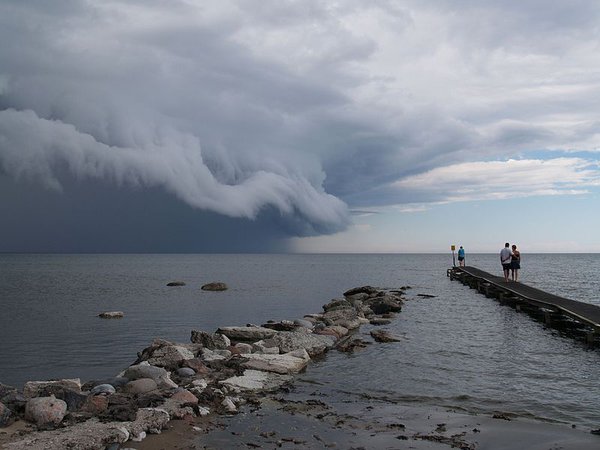
Caribbean faces worst hurricane season in history?

Two weeks after the Mother of All Storms, Irma, devastated the Caribbean with 295 km/h winds, causing nearly sixty-five billion dollars of damage, killing 84 people and leaving varying degrees of destruction from severe to total as it carved its path from Cape Verde off the west coast of Africa to Florida in the United States of America.
Ask the residents of Anguilla, Barbados, Barbuda, Haiti, Puerto Rico, Saint Kitts and Nevis, Saint Barthelemy, Saint Martin, Sint Maarten, the Virgin Islands, the Greater Antilles, the Turks and Caicos Islands, the Bahamas, Cuba and Florida about Hurricane Irma and they will equate it with the monster storms Andrew in 1992, Wilma and Katrina in 2005 and Dean in 2007. Or worse. In fact, Irma was the strongest hurricane to strike the Atlantic Basin outside the Caribbean and Gulf of Mexico in registered history.
This is hurricane season
14 named storms, six hurricanes and one to three major hurricanes is described in this part of the world as an average season. What is unusual is so many extreme events at the same time. On September 8, hurricanes Katia, Irma and Jose could be seen lying side by side. Earlier in the year, there were Tropical Storms Arlene, Bret, Cindy, Depression Four, Don, Emily, then hurricanes Franklin, Gert, Harvey before Katia, Irma and Jose, then Tropical Storm Lee. And now Hurricane Maria.
Maria has just devastated the Island of Dominica, strengthening to a catastrophic Force Five category just before making landfall. Dominica has been razed. Maria is now following the same path as Irma, has downgraded to a Category Four hurricane but is expected to increase to Category Five as it moves across to Puerto Rico and the Virgin Islands.
Cyclone, hurricane or typhoon?
A Cyclone is a storm which revolves around a center, and can be a tropical storm, a hurricane or a typhoon. Once the storm has reached sustained wind speeds of 61 km/h it is named, and the names are drawn from six lists which rotate every six years and alternate between male and female names. If the event is classified as major, the name is removed from the list and replaced. The storm is called a Hurricane in the Atlantic, a Typhoon in the Pacific and a Cyclone in the Indian Ocean if it is in the category of 150 to 210 km/h winds.
A Tropical Storm has sustained winds of between 63 and 119 km/h and once it surpasses this, it becomes a hurricane/typhoon. A Category 1 hurricane has sustained wind speeds of 120 to 133 km/h; Category 2 is 134-154 km/h; Categfory 3 155-181 km/h; Category 4 182-220 km/h and Category 5 221 km/h plus.
Timothy Bancroft-Hinchey
Pravda.Ru
Twitter: @TimothyBHinchey
timothy.hinchey@gmail.com
Photo: By Arnold Paul - Selbst erstelltes Foto, CC BY-SA 2.5, https://commons.wikimedia.org/w/index.php?curid=447913